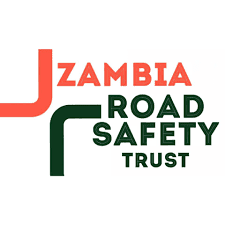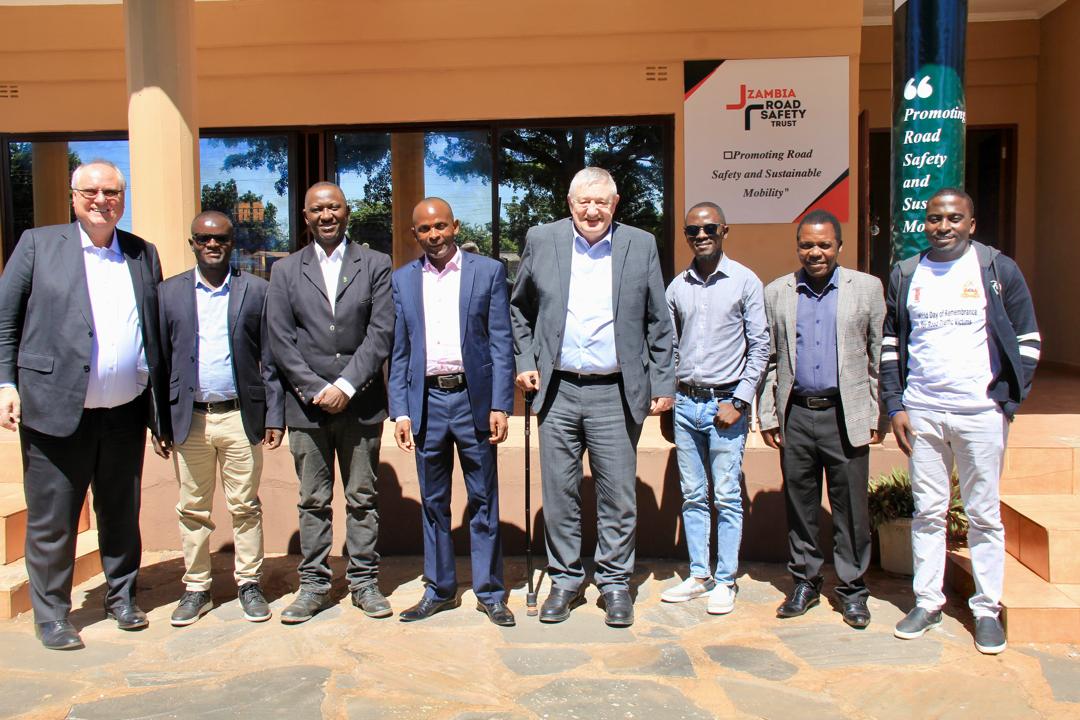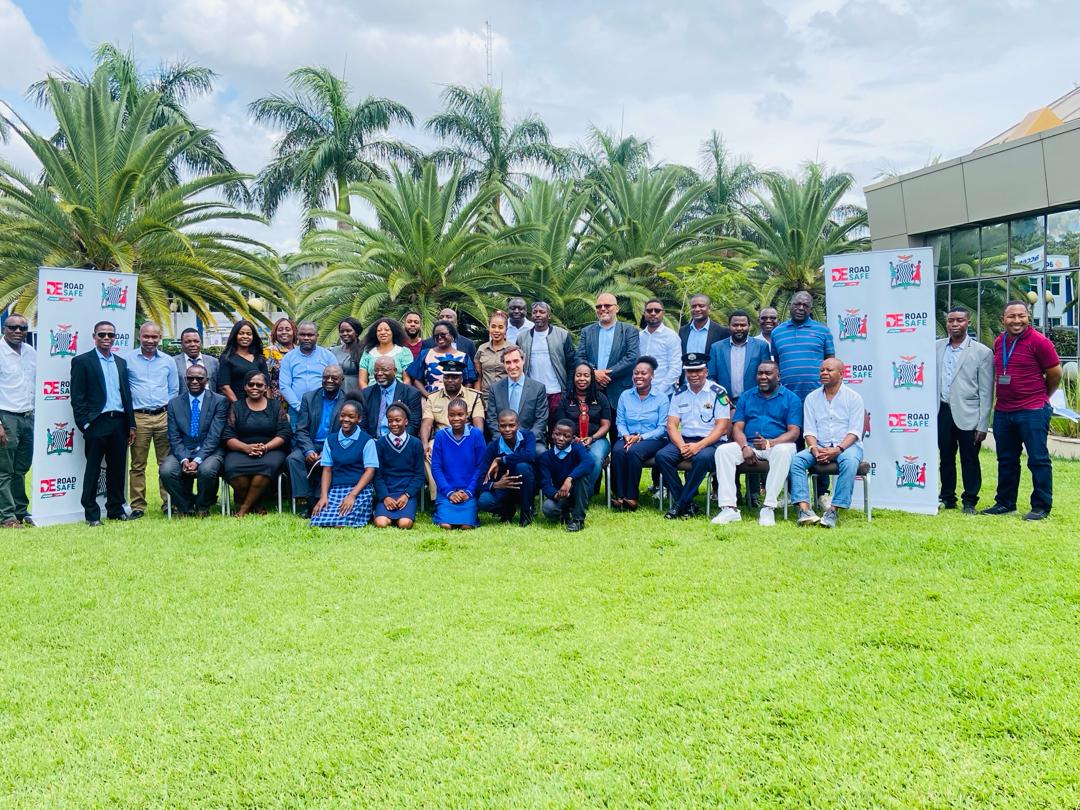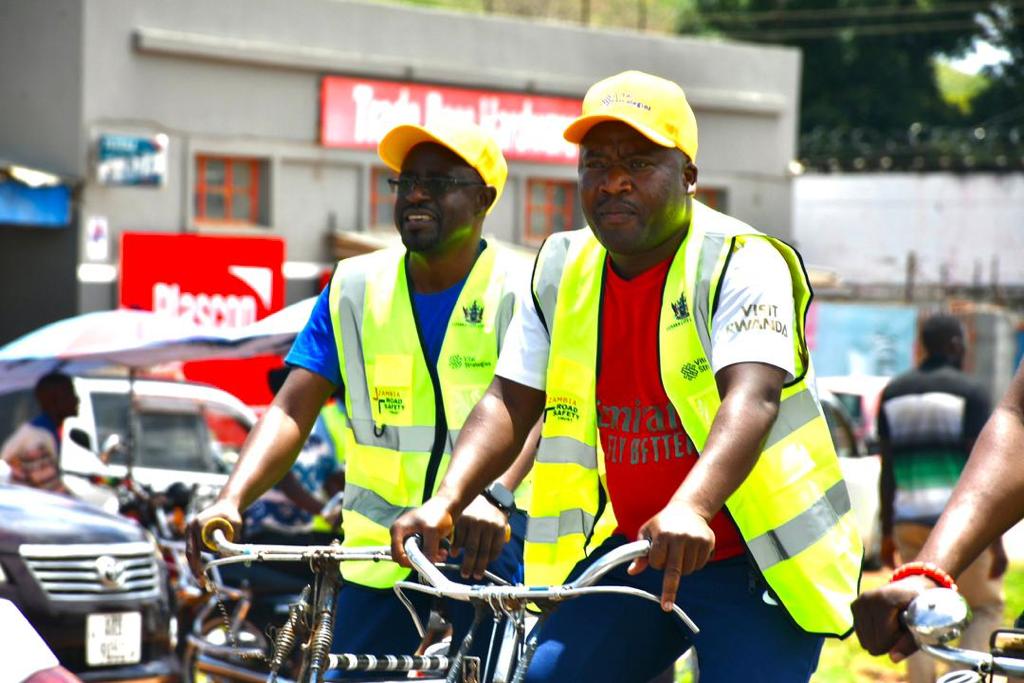Case Study #1
Understanding the impact of a major road junction on the mobility of disadvantaged groups and implications for low carbon mobility.

Background:
The majority of trips in Lusaka consist of walking, followed by public transport, and with only 10% trips by car. Despite low car ownership, Lusaka and other Zambian cities are experiencing increasing traffic congestion, road fatalities and poor air quality making it difficult for disadvantaged groups to access economic and educational opportunities. To overcome such challenges and reduce greenhouse gas emissions, cities need to adopt urban planning strategies and transport system interventions that promote a shift to low carbon modes, including efficient public transport, walking, and cycling.
The Zambia Road Safety Trust (ZRST) is testing new ways of working with local people to better understand their journeys, the road safety risks they experience, climate change impact and also their ideas on solutions of how to improve local travel.
Location: Tokyo Way – Kamwala South, Lusaka, Zambia
This location has been identified as one of the most unsafe road traffic junctions in Lusaka, particularly for a large number school children during their travel to and from school. The junction also affects the safety of other vulnerable road users.
Purpose:
This case study assesses the experiences of disadvantaged groups who use the Tokyo Way/Kamwala South road junction. It will determine challenges they face and how these impact their mobility and transport mode choices, especially during different weather conditions. It also examines using creative and participatory methods to gain additional insights to mobility needs of disadvantaged groups to provide a more inclusive transport planning process, and one that also considers future climate change.
Methods:
The case study will investigate using Participatory Geographical Information Systems (PGIS) and pop-up creative activities to gain insights into the mobility challenges and needs of disadvantaged road users.

Artworks; streetscape models; digital story-telling and photography will be used to capture local knowledge and identify co-created solutions and preferences for mobility infrastructure.
Expected outcomes:
Feedback from stakeholders will help identify the key problems of road safety and climate change in this area which will be communicated to Lusaka City Council and other central government agencies responsible for transport planning. This will provide the evidence to support the development of a Guidance Framework to promote inclusive climate resilient transport in African cities. The learning from the project will also be shared across Africa with transport planners and decision makers through collaboration with UN Environment.
Activities:
On-street survey July 2021
Lusaka City Council (LCC) granted permission to ZRST to undertake the case-study . The first on-street survey took place in July 2021 using rapid PGIS mapping. More than 40 participants were asked about their typical daily journeys and their perceptions of road safety, climate impacts and ideas for solutions to the problems. Further surveys and stakeholder engagement activities using different creative methods will take place around the junction.




